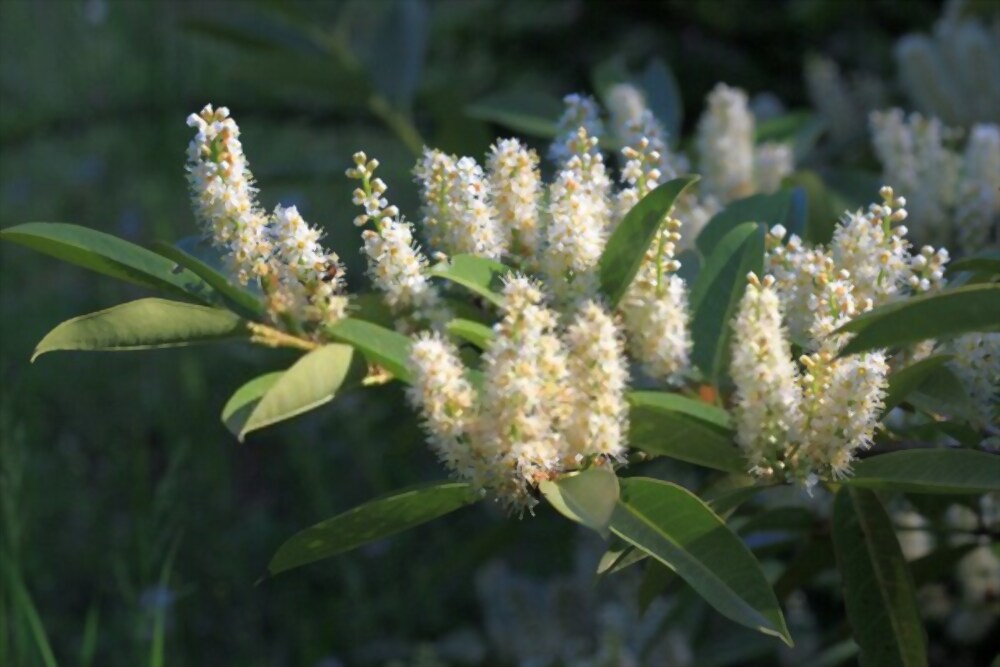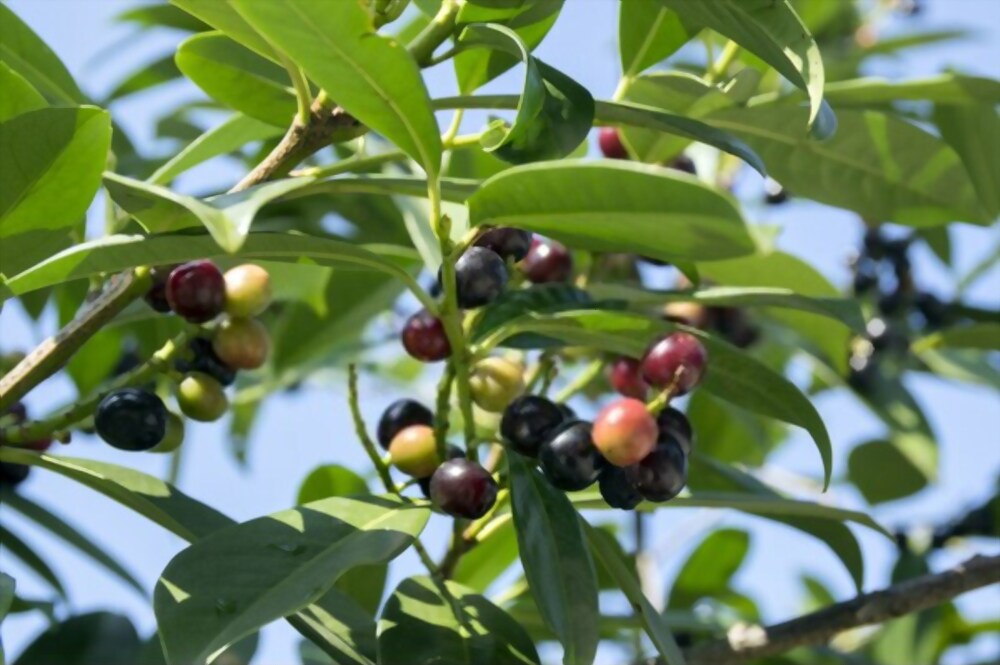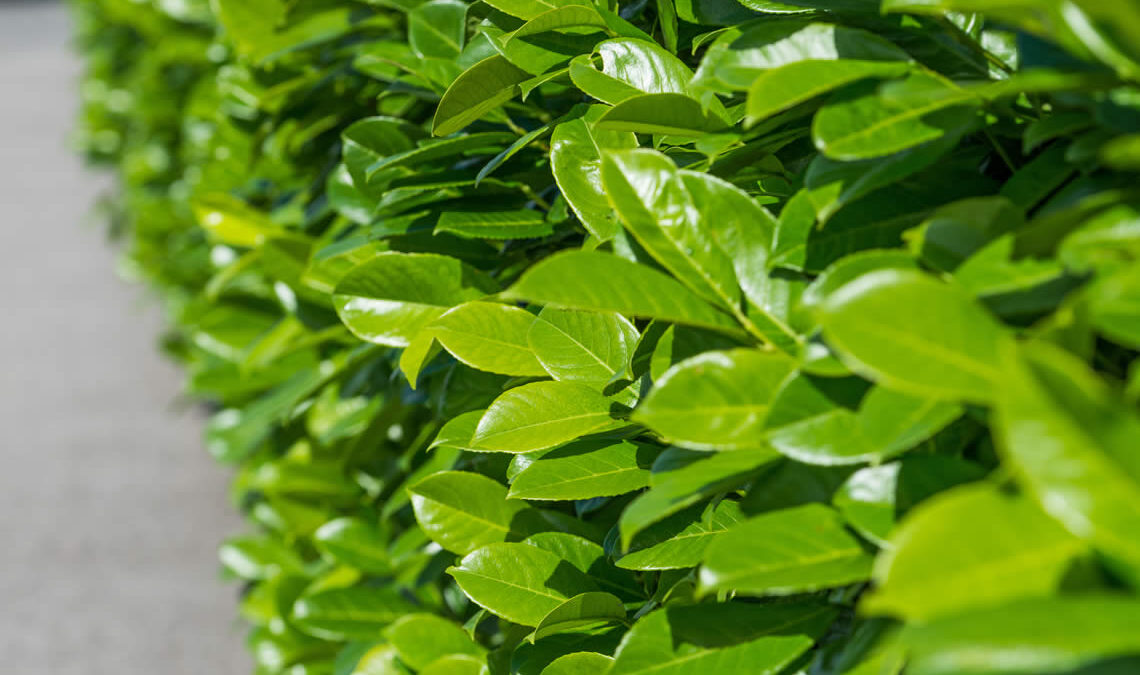Prunus laurocerasus also known as the English laurel or Cherry laurel, is evergreen species of cherry. It is sometimes confused with Laurus nobilis (Grecian laurel or sweet bay), another evergreen which is the victory laurel of ancient Greece.
Native to Europe and Asia, this hardy evergreen is frequently planted underneath the forest tree or as a large ground cover. Laurels have a tendency to become sizable and widespread in the right conditions.
A single laurel plant can grow up to 21 feet in height and width. In certain cases, fully mature stems will twist around trees and other neighboring plants. Despite their potential, most gardeners prefer to use laurels as a screen or hedge by means of regular pruning.
Growth rate, leaves, flowers and fruit

Laurels will strive in certain conditions not favorable to other types of hedges. In general, they will do well in deep shade, partial shade, full sun, dry soil, or damp soil. When planting Laurels as a hedge space and center each plant 2 feet apart along the entirety of the intended width of the landscape.
Compared to similar evergreen like Leylandii, this hedging plant has a slower growth rate. With this in mind, you can realistically expect them to grow about 1 foot each year. In general, Prunus laurocerasus with its large, shiny, and dark green foliage is more attractive than that of the Leylandii. Besides looking more appealing the sheen from the leaves’ upper surface reflects more light into your garden.
During late spring, laurels display a white fragrant bloom amongst their lustrous leaves. If you avoid pruning them heavily, laurels can produce a larger quantity of these flowers. After the blooms have finished, a small edible fruit, black color emerges. This fruit is actually a cherry, hence the reason for the name, Cherry laurel. In fact, laurels are a member of the cherry family, the same as peach, apricot, plum, and almond.
How and when to prune

The best time of the year for pruning a laurel hedge plant is anytime from April to the end of August. Laurels can benefit when you prune them earlier within this period since they will produce fresh growth to cover pruning cuts. Try to avoid pruning during wet spells, as a bacterium known as Pseudomonas syringe can enter through the unhealed pruning cuts. This nasty plant pathogen can lead to a dieback disease called bacterial canker.
Avoid using electric or gas-powered hedge trimmers when possible. These types of pruners can produce undesirable results such as unappealing half leaves and thorn cuts. Instead, make your cuts manually using hand saws, shears, and pruners. Lastly, if you need to do any transplanting, do so during the earlier part of spring. When moving laurels, try to dig up as much of a root ball while keeping the soil intact around it.

